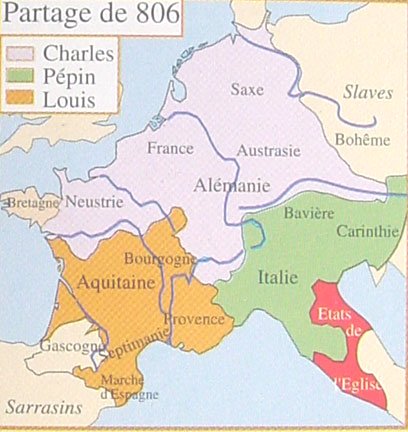

Traditionally, he has been criticised broadly for not seizing an ideal opportunity to capture the Frankish capital. Il-ghazi, nonetheless, made no real attempt to conquer Antioch itself.

The Latin principality, stripped of its ruler and army, stood open to further assault. So terrible was this defeat, so great the number of Christian dead, that the Antiochenes thereafter dubbed the site ‘ Ager Sanguinis’, the Field of Blood. A Muslim living in Damascus described it as ‘one of finest victories’, noting that, strewn across the battleground, the enemy’s slain horses resembled hedgehogs ‘because of the quantity of arrows sticking into them’. The unfortunate priest carrying the True Cross was likewise cut down, although it was later said that the relic exacted its own miraculous revenge for this killing, causing all the Muslims nearby to suddenly become ‘possessed by greed’ for its ‘gold and precious stones’ and thus to begin butchering one another.Īs resistance collapsed, a few Franks escaped westwards into the Belus Hills, but most were slaughtered. One Latin eyewitness described how, ‘fighting energetically… was struck by a sword through the middle of his nose right into his brain, and settling his debt to death the Holy Cross he gave up his body to the earth and his soul to heaven’. Outnumbered and encircled, the Antiochenes were gradually overrun.Ĭaught at the heart of the maelstrom, Prince Roger was left horribly exposed, but ‘though his men lay cut down and dead on all sides…he never retreated, nor looked back’. But as battle was joined along the line, a contingent of Turcopoles stationed on the left wing buckled, and their rout splintered the Latin formation. In the vain hope of regaining the initiative, Roger ordered the Frankish knights on his right flank to deliver a crushing heavy charge and, at first, they appeared to have stemmed the Aleppan advance. As Il-ghazi’s men closed in, there was just time to assemble the Latin host beyond the confines of the camp. With bugles sounding an urgent call to arms through the ranks, Roger rushed to organise his forces for combat, a cleric bearing the True Cross beside him. Drawing upon local knowledge of the surrounding terrain, the Artuqid commander dispatched troops to approach Roger’s camp from three different directions and, as one Arabic chronicler attested, ‘as dawn broke saw the Muslim standards advancing to surround them completely’. Unbeknownst to the prince, however, on the preceding evening scouts had revealed the Christians’ position to Il-ghazi. Roger camped in a valley near the small settlement of Sarmada–which he believed was well defended by enclosing rocky hills–and that morning was about to initiate a swift advance, hoping to catch his enemy unawares and replay his success of 1115. Instead, the prince assembled around 700 knights, 3,000 infantry and a corps of Turcopoles (Christianised mercenaries of Turkish birth) and crossed to the eastern flanks of the Belus Hills. Facing this threat, Roger could have waited for reinforcements from his Latin neighbours, including Baldwin of Bourcq (who had assumed the Jerusalemite crown in 1118). Mustering a force–perhaps in excess of 10,000 men–the city’s new emir, the Artuqid Turk Il-ghazi, marched on the border zone with Frankish Antioch. After years of passively enduring Antiochene expansionism and repeated demands for exorbitant tribute, Aleppo had suddenly moved on to the offensive. In the days leading up to this moment, Roger had reacted with decisive resolution to news of an impending Muslim invasion. His men huddled together to listen to a sermon, partake of mass and venerate the Antiochene relic of the True Cross–girding their souls for the fight ahead. Just before first light on 28 June 1119 Prince Roger of Antioch gathered his army in readiness for battle.


 0 kommentar(er)
0 kommentar(er)
